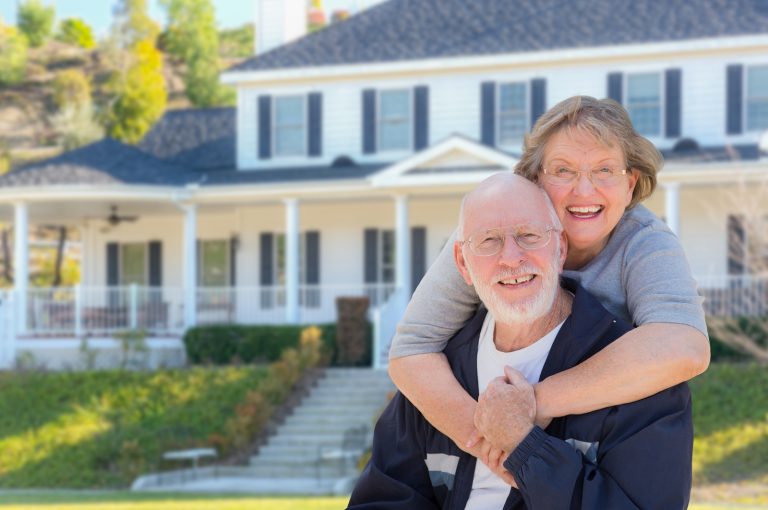Many people approaching retirement wonder if they should get a reverse mortgage on their home. Especially if the majority of their net worth is tied up in their home. But is it really a smart move?
This is a situation that many experts call being “house rich, cash poor.” For people close to retirement, the biggest asset is often their home, so those looking for funds might want to tap into their home’s value. A reverse mortgage allows those that are 62 years and older to borrow against their house’s equity.
How do Reverse Mortgages Work?
Instead of making monthly payments, a borrower with a reverse mortgage receives money. Some people call this using reverse mortgage retirement, because it can provide income for living expenses.
The lender of the loan won’t collect on any debt until the homeowner either sells, or dies. When the home sells, any equity after loan repayment goes to the living person or their estate if they’ve passed. If their heirs want to keep the home, and money is due, they’ll have to pay the mortgage amount to the lender.
The size of a reverse mortgage loan depends on the borrower’s age, the equity in their home, and current interest rates. The loan can be given as a lump-sum payment, a line of credit or fixed monthly payments (a combination of all three is also an option). A reverse mortgage for retirement can be a safety net when other supports aren’t available.
When you have a reverse mortgage, you’re still responsible for keeping your home insured and paying your property taxes. So it’s important to plan accordingly.
You’ve taken care of your home for so long, why not let it start taking care of you? If you have more questions about using reverse mortgage retirement, contact The Mortgage Genie, Karen Douglas. 925 648 0981


